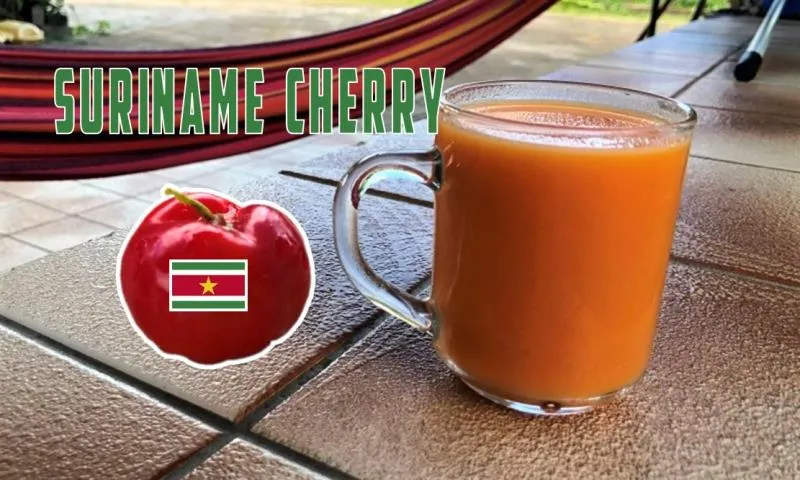
The Suriname Cherry 🍒 is ubiquitous here in Suriname, which perhaps explains how it got its name.

The Suriname Cherry

The Suriname Cherry (Eugenia Uniflora) ⁽¹⁾ is common in the northeast coast of South America, but can be found throughout the Caribbean, reaching all the way to southern Florida in the USA, and even as far south as Uruguay.
This fruit has many names: pitanga, Brazilian cherry, Cayenne cherry and Cerisier Carré ⁽²⁾. Suriname is an overlooked corner of the world, with Brazil, Aruba and Curacao stealing all potential Suriname tourism. I think it's best to call this fruit the "Suriname Cherry" to increase international awareness of Suriname, even though it's an invasive species ⁽¹⁾.

To say these trees are easy to grow would be an understatement: they tolerant of just about any soil type, as long as it is not salty³. The tree at our house grows in the sandy mix between our fence and the road, and it produces fruit almost every 2-3 weeks as long as there's rain.
The fruits are small: about 1.4–2.5 cm in diameter¹, and very tart, even when ripe. The fruit is more seed than flesh, but still worth the effort.

🔬 The Health Benefits 💪

Suriname Cherry trees are not too tall, and can be found growing along roadsides all over Paramaribo. Because of this, it makes a quick and easy snack we can pick and eat as we walk around town running our daily errands.
On a trip to and from the store, we can easily nibble our way to our daily Vitamin C & A dosage. The @KidSisters don't enjoy this fruit much because it is very sour and not that sweet. But when juiced it becomes a little more appealing to kiddos.
|  |
|---|
Amount per serving | % DV |
|---|---|
| Total Fat 13 g | |
| Cholesterol 0.0 mg | |
| Sodium 5.2 mg | |
| Total Carbohydrates 0.5 mg | |
| Protein 1.4 mg | |
| Vitamin C 45.5 mg | |
| Vitamin A 2596 IU | |
| Potassium 178 mg | |
| Magnesium 20.8 mg | |
| Riboflavin 0.1 mg | |
| Phosphorus 19.0 mg | |
| Calcium 15.6 mg | |
| Niacin 0.5 mg |

👩🌾 Permaculture Potential 👨🌾

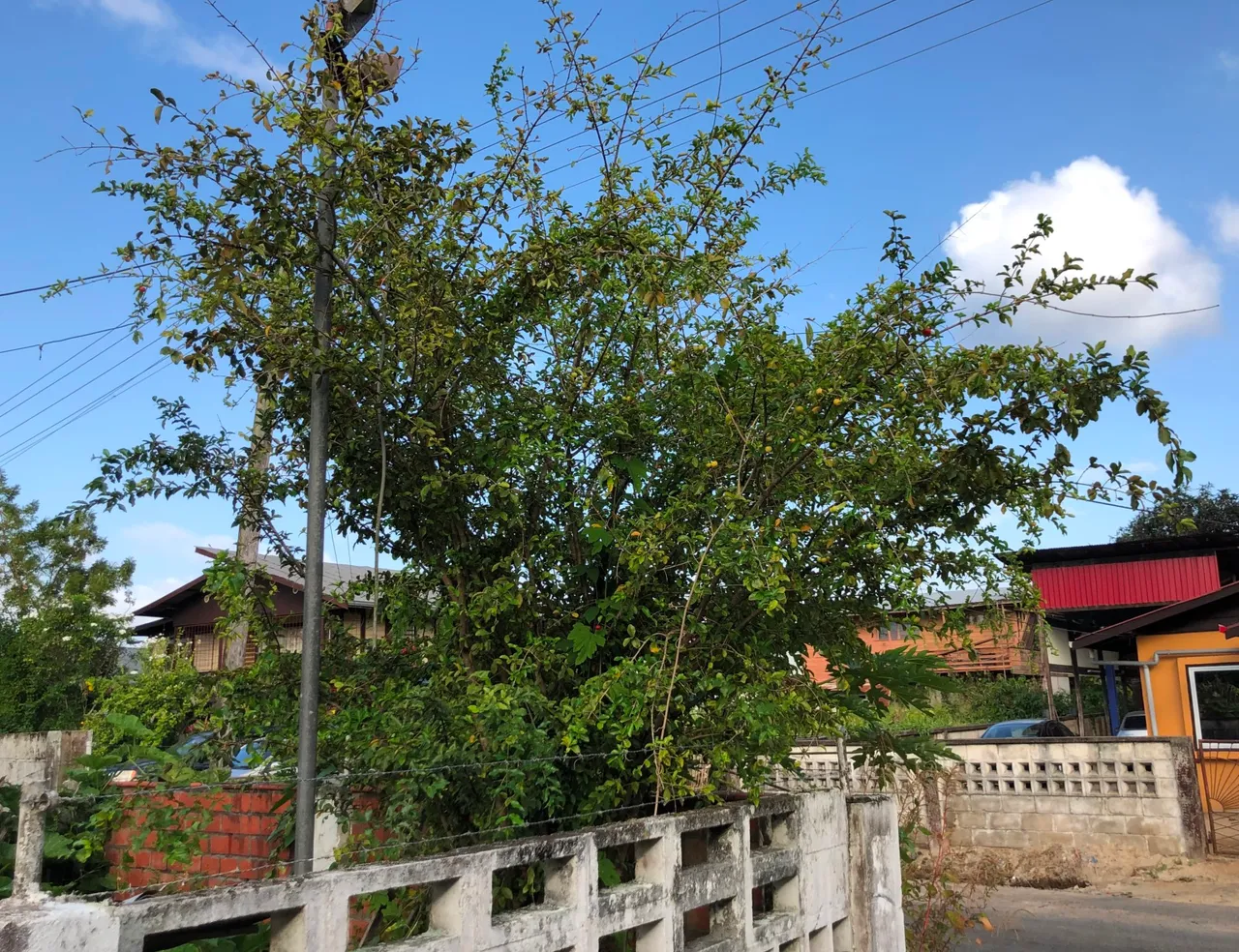
The Suriname Cherry Tree is very suitable for use in permaculture farming. It's adapted to tropical and subtropical regions ⁽⁵⁾ but well-established plants have suffered only superficial injury at 22º F (-5.56º C) ⁽⁵⁾. That is an extremely wide temperature tolerance for a tropical fruit tree.
This humble tree grows in almost any type of soil–sand, sandy loam, stiff clay, soft limestone–and can even stand waterlogging for a time, but it is intolerant of salt ⁽⁵⁾. A low-hanging-fruit producer that can thrive in terrible soil and tolerate a wide temperature range sounds like a win-win to me.
The hits don't stop, there is much more. This tree is deep-rooted ⁽⁵⁾ and can stand a long dry season ⁽⁵⁾. The small tree in front of our house produces more fruit that we can eat, and it is completely neglected. A study in India revealed that pruned bushes yield an average of 2.7-3.6 kg (6 to 8 lbs) per plant ⁽⁵⁾.
Our neglected tree seems to produce fruit every 2-3 weeks whether rain or shine. It's amazing one can neglect something so often and yet it still produce so much regardless, a very selfless act.

🍒 Some Cold-Pressed Juice 🥤

We heard a big rain approaching recently, and knowing it would knock many ripened fruits off the tree, we raced to pick what we could before the rest were violently knocked to the ground.
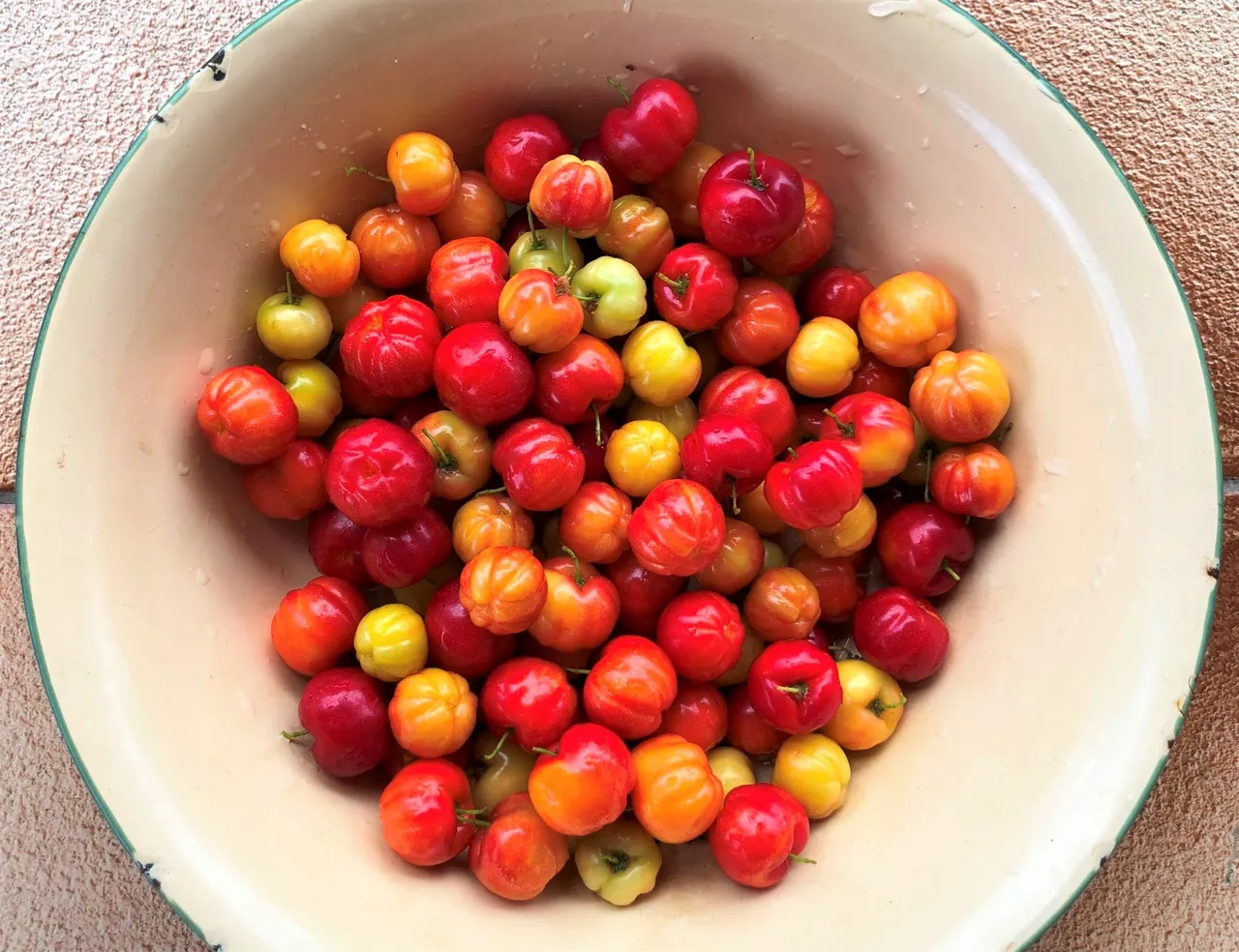 cherries in a bowl
cherries in a bowl
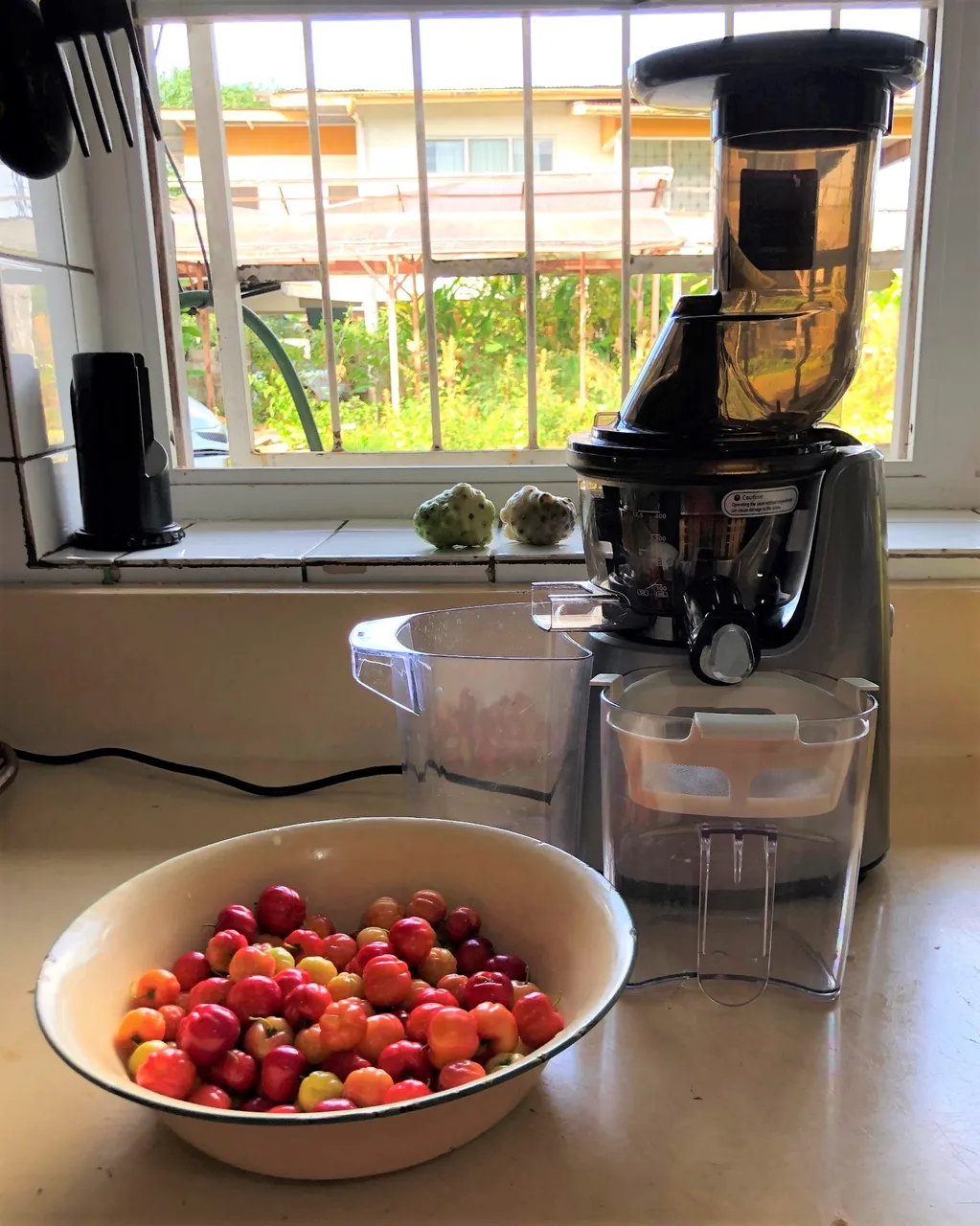 cherries ready for juicing
cherries ready for juicing
I estimate we picked around ½ kilo before the storm arrived. We gave the fruits a quick wash, let them dry and began juicing. The cherries are mostly seed, but nothing that will harm your cold-pressed juicer.
Only 5 seconds into juicing the whole began to smell like a flower shop. My Kuvings Whole Slow Juicer processed the soft seeds quite easily, and the result was a very thick and tart juice. The Khmerican Family Abroad was eager to try this neon orange concoction.
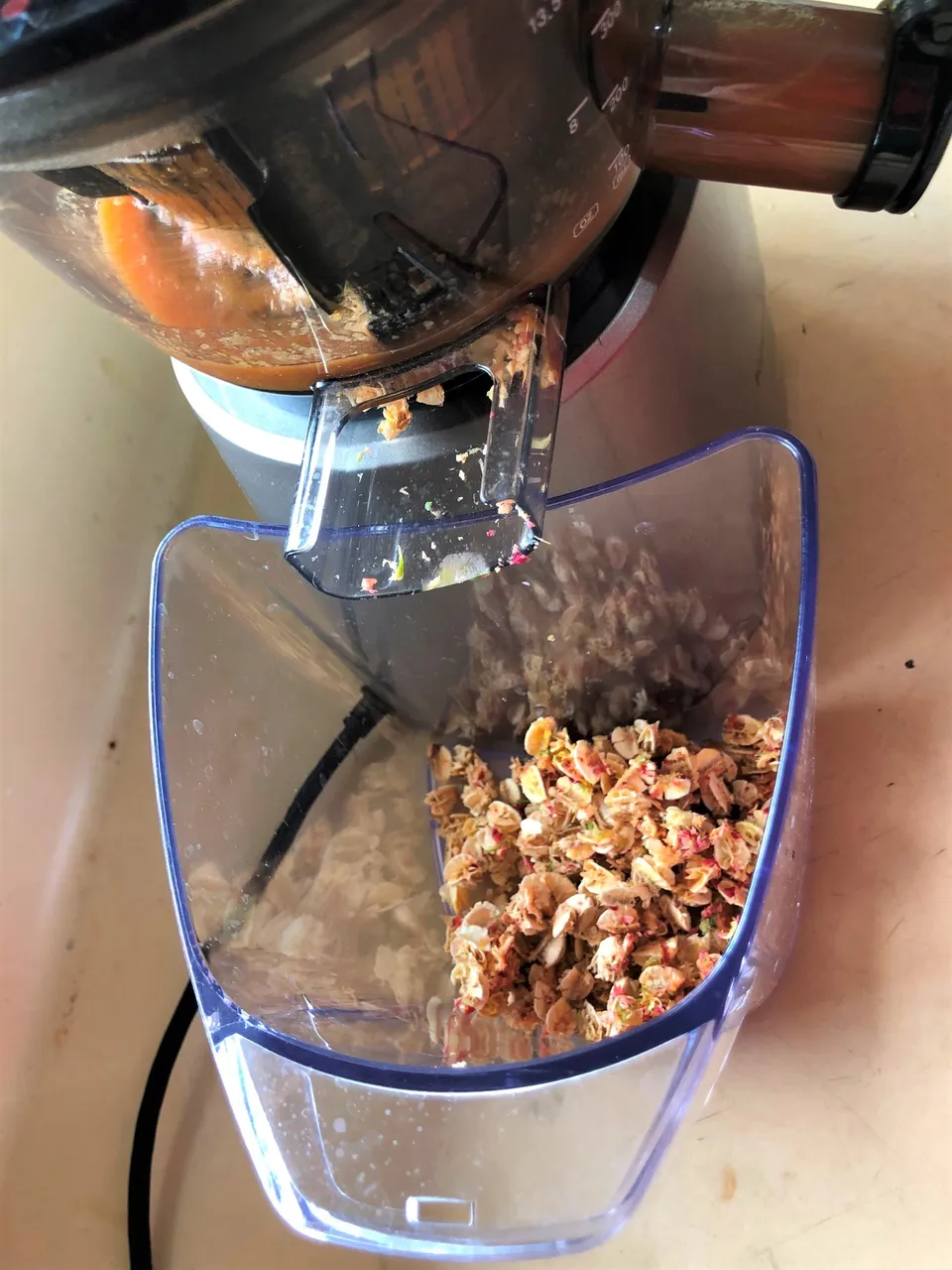 massive amount of pulp and seeds per fruit
massive amount of pulp and seeds per fruit
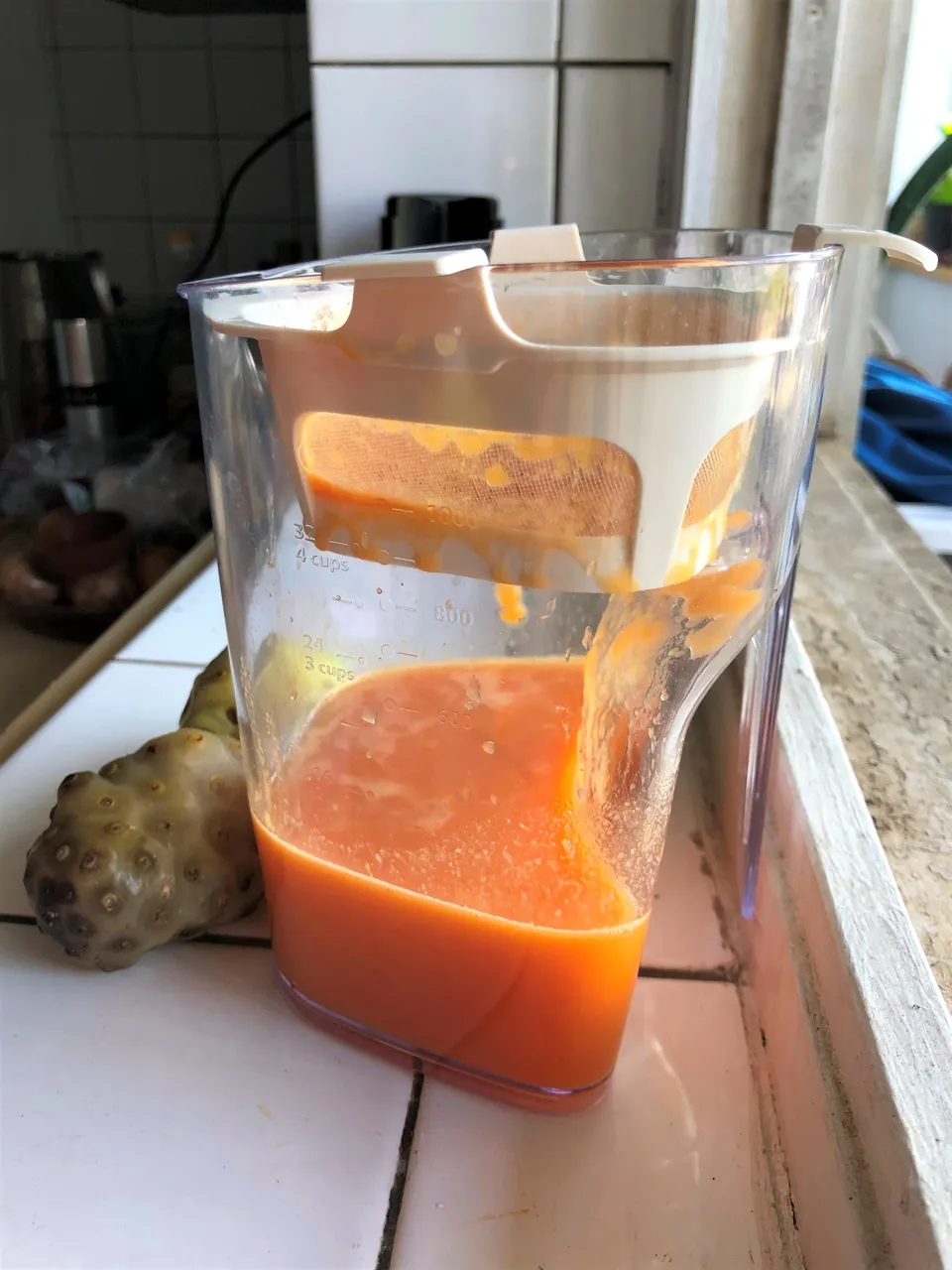 so orange it hurts the eyes
so orange it hurts the eyes
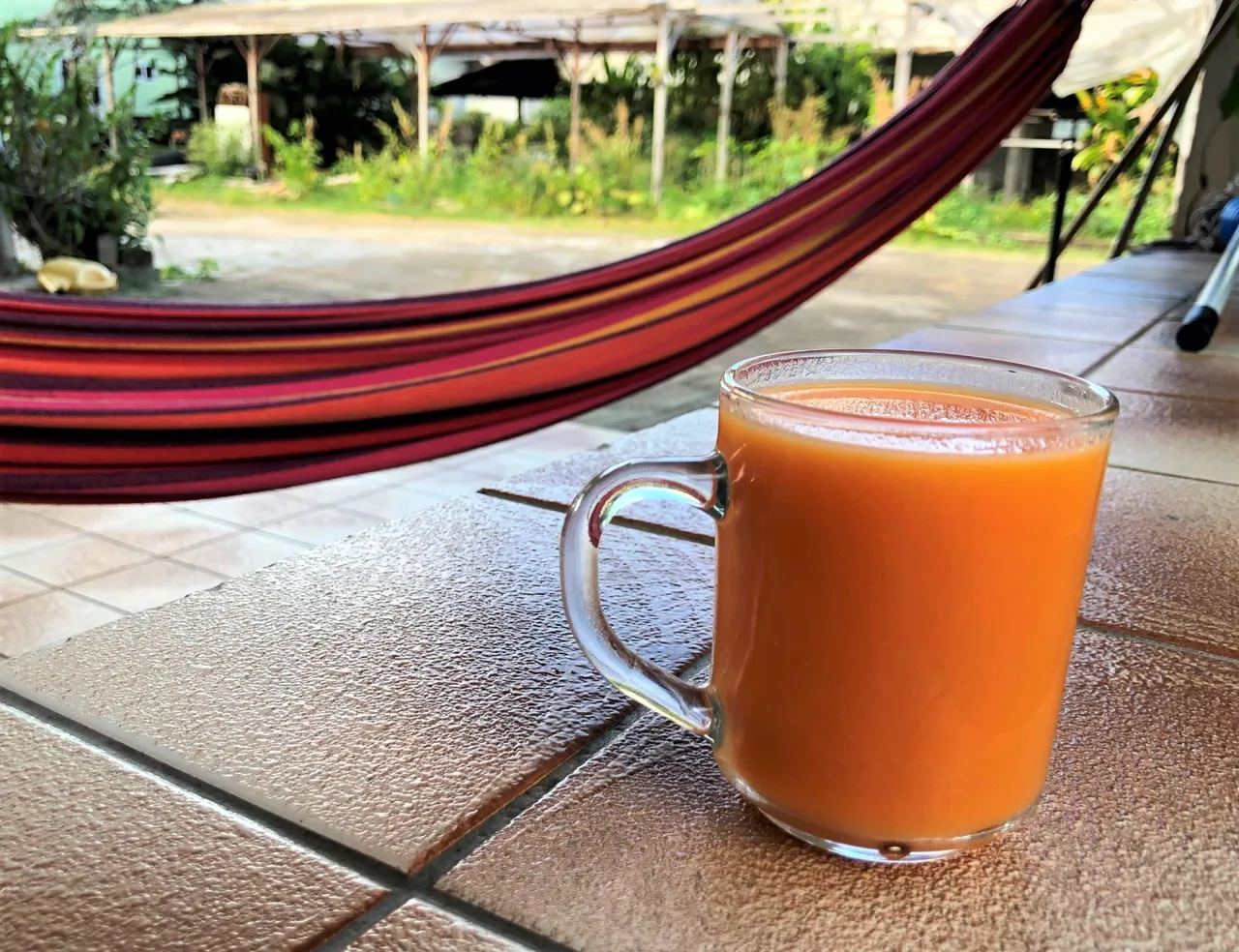
After the taste test was over, the @KidSisters needed some water and sugar to make their glass palatable, but @Sreypov and I found it to be extremely tart, but still pleasant to sip without any added sugar. Vitamin C Ninja Kick 🐱👤 MEOW!!
SOURCES
¹ KEW Science - Royal Botanic Gardens - Eugenia Uniflora L.
² Belem, Brazil Government - Pitanga
³ Tasty Landscape Nursery - Suriname Cherry
⁴ NutritionData.com - Pitanga
⁵ Purdue University Horticulture - Suriname Cherry

🙏 THANKS FOR READING 🙏

 |  |  |  |  |
|---|
 |  |  |  |  |  |  |
|---|---|---|---|---|---|---|
 |  |  |  |  |  |  |
 |  |  |  |  |  |


